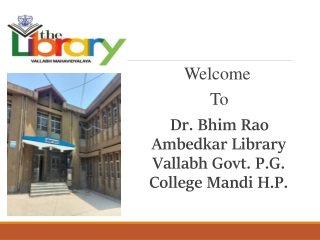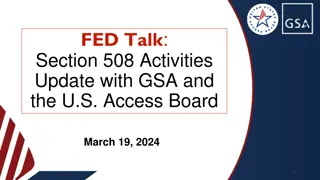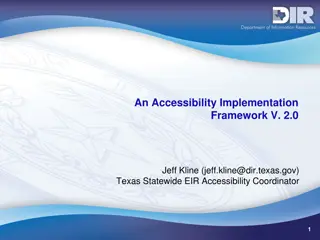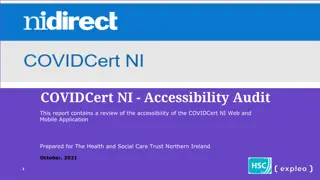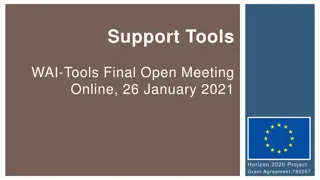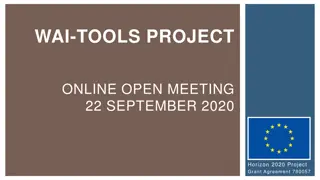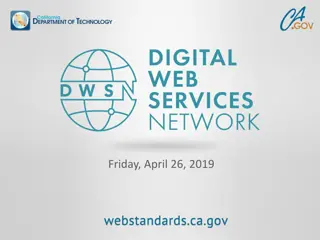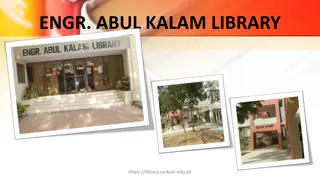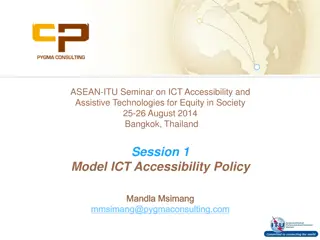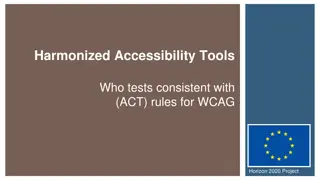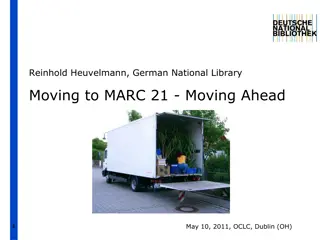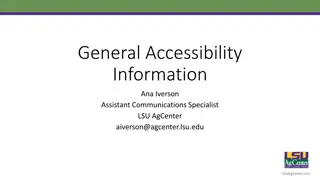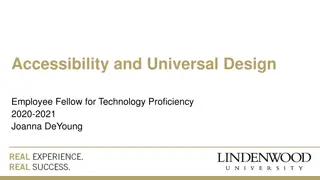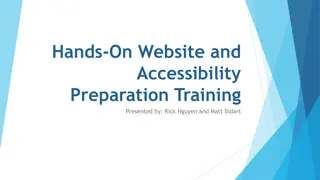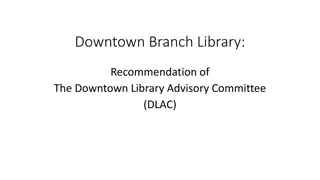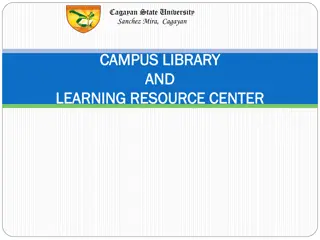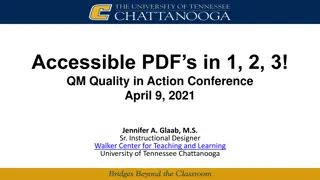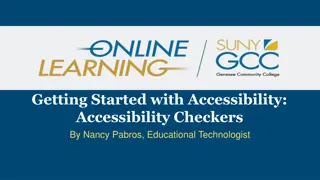Enhancing Accessibility: Partnership with National Library Service
Join us in understanding the invaluable services provided to individuals with print disabilities by partnering with the National Library Service. Learn about the history, learning outcomes, and differentiating services for those with print disabilities. Discover the competent authorities who certify librarians and professionals in this field, as well as the technology and resources available to enhance accessibility for all.
Download Presentation

Please find below an Image/Link to download the presentation.
The content on the website is provided AS IS for your information and personal use only. It may not be sold, licensed, or shared on other websites without obtaining consent from the author. Download presentation by click this link. If you encounter any issues during the download, it is possible that the publisher has removed the file from their server.
E N D
Presentation Transcript
Partnering with the National Library Service to Provide Materials and Services to People with Print Disabilities
Presenters Lisa Lepore Library Director, Braille Institute 323.906.3185 lrlepore@brailleinstitute.org Mike Marlin Director, California Braille and Talking Book Library 916.603.7209 mike.marlin@library.ca.gov Morgan Pershing Assistive Technology Librarian, California Braille and Talking Book Library 916.603.7139 morgan.pershing@library.ca.gov
Learning Outcomes Understand the National Library Service for the Blind and Print Disabled network of libraries around the U.S. and its intersectional mission with public libraries to create and maintain lifelong readers Empower patrons and stakeholders to apply for and receive free, alternate format, popular reading materials, and long-term loans of assistive technology devices Discover the print disability movement and its growing importance, reach, and visibility within the public and library sphere
Print Disability Inability to interact with standard text because of: Visual impairment Low vision No vision Physical conditions Perceptual disorders such as reading disabilities
Competent Authority Certification Librarians! Doctors, optometrists, ophthalmologists, nurses Therapists Professional staff of hospitals, institutions, and public or private welfare agencies Educator, social worker, case worker, counselor, rehabilitation teacher Certified reading specialist, school psychologist, superintendent
Explanation of Service Refreshable Braille eReader Digital Talking Book Machine BARD Mobile App
What Differentiates Our Services No holds Navigable audiobooks Physical items through the mail No fines Equipment lending
How Can NLS and Public Libraries Work Together? Bookmarks in large print areas Institutional accounts Demonstrate/troubleshoot BARD Help your patrons sign up Call on us for presentations or outreach opportunities
Disability Visibility The design of products and environments to be usable by all people, to the greatest extent possible, without the need for adaptation or specialized design. -Universal Design definition as coined by Ron Mace, disabled architect
Contact Us and Learn More! Lisa Lepore, Library Director, Braille Institute 323.906.3185 lrlepore@brailleinstitute.org Mike Marlin, Director, California Braille and Talking Book Library 916.603.7209 mike.marlin@library.ca.gov Morgan Pershing, Assistive Technology Librarian, California Braille and Talking Book Library 916.603.7139 morgan.pershing@library.ca.gov Find your local NLS library https://bit.ly/locate_NLS Braille and Talking Book Library https://bit.ly/btblsac Braille Institute https://bit.ly/brailleinstitute National Library Service for the Blind and Print Disabled at the Library of Congress https://bit.ly/loc_nls


